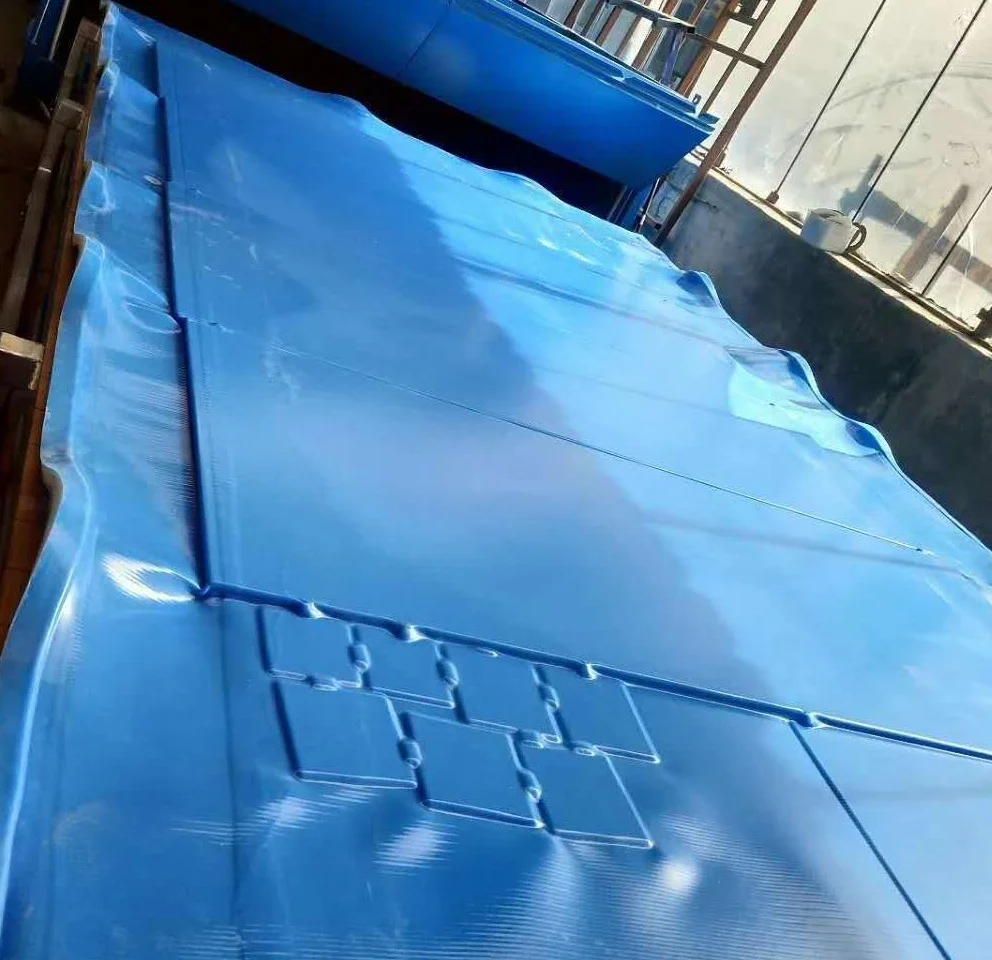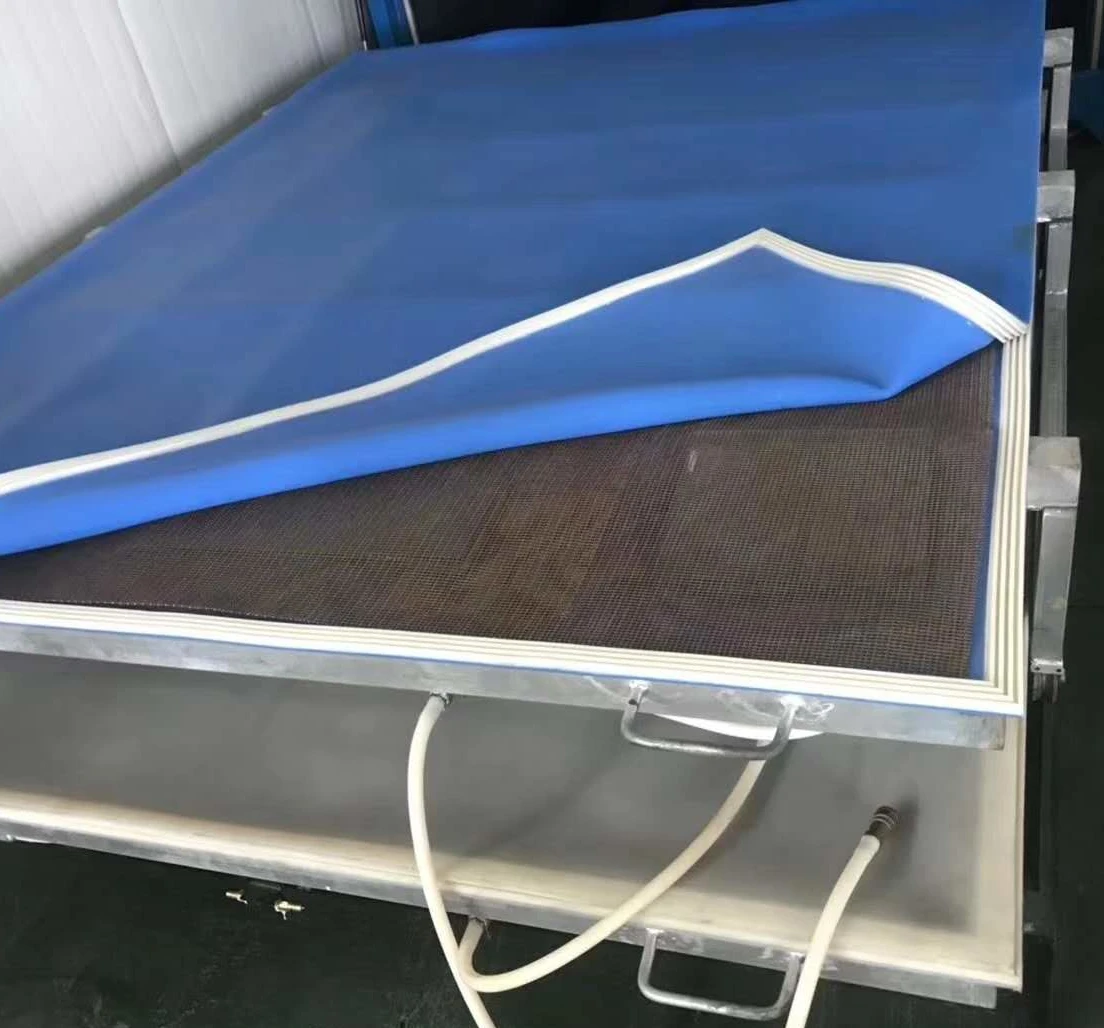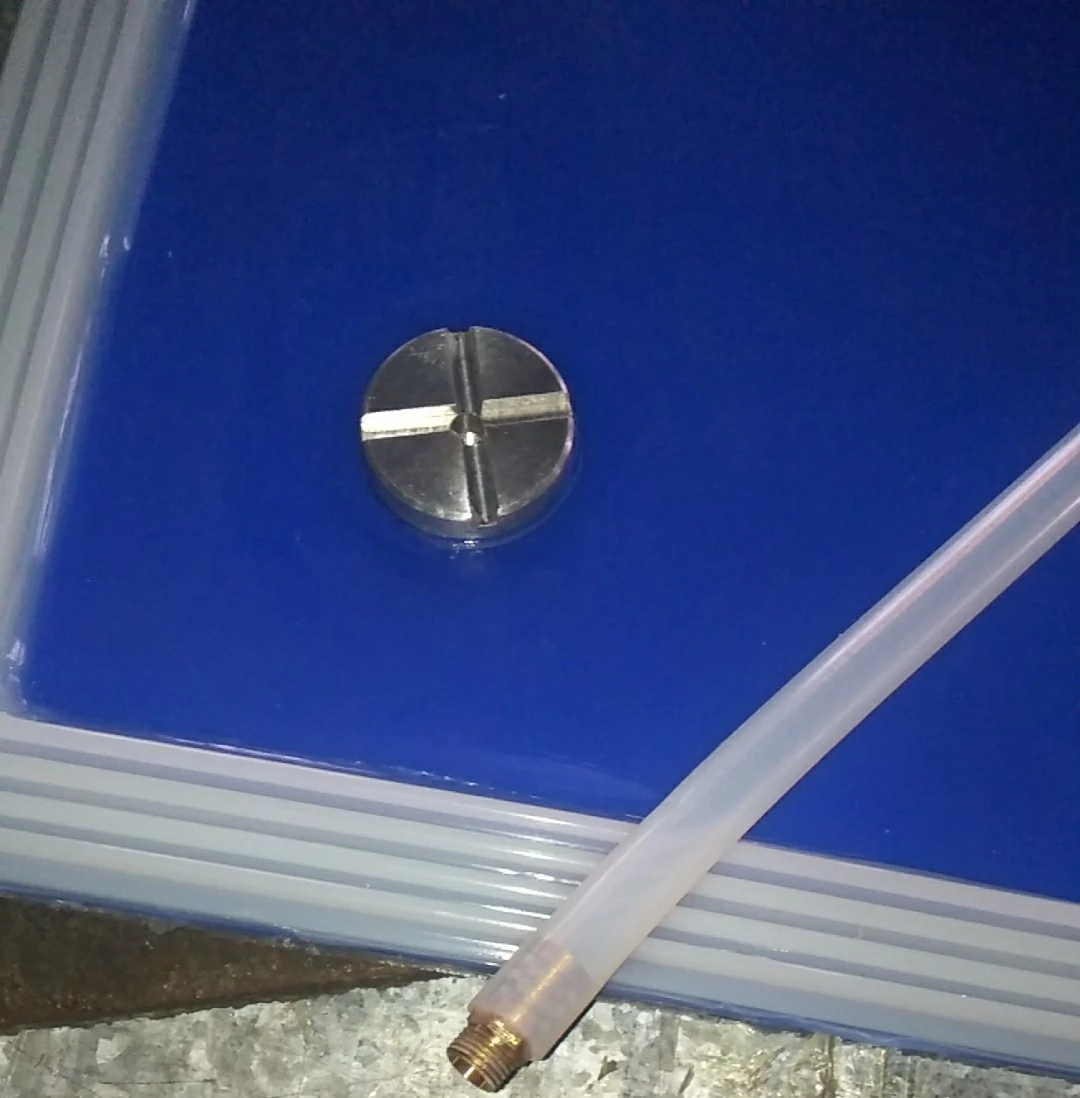| Place of Origin | China |
| Brand Name | AILIN |
| Material | Silicone Vacuum |
| Model Number |
16
|
| Industrial Use | machine |
| Supply Ability | 100000 Piece/Pieces per Month |
High temperature resistant silicone vacuum bags are designed for use in convection furnaces for production of safe Troplex glass.
Use of silicone vacuum bags placed in furnaces for production of safe laminated glass ensures reliable contact of all surfaces and helps to prevent formation of wrinkles. Absolute smoothness of silicone membrane gives the possibility to prevent marks on the glass surface, which ensures high quality of finished products.



Q&A
Q: What is a high-temperature silicon sheet vacuum bag for strengthening a furnace?
A: A high-temperature silicon sheet vacuum bag is a specialized bag made of silicon material that is designed to withstand high temperatures and create an airtight seal in a strengthening furnace. It is used in the composites industry for processes such as autoclave curing or vacuum bagging to enhance the strength and integrity of composite materials. The vacuum bag, when combined with vacuum pressure, creates uniform pressure distribution, removes air voids, and improves the consolidation and curing process of the composite materials inside the furnace.
Q: What are the advantages of using a high-temperature silicon sheet vacuum bag?
A: There are several advantages to using a high-temperature silicon sheet vacuum bag for strengthening furnace applications. Firstly, the silicon material is highly resistant to heat, ensuring that it maintains its structural integrity and sealing properties even at elevated temperatures. Additionally, the silicon sheet provides excellent flexibility and conformability, allowing it to conform to complex shapes and contours of the composite parts being processed. The vacuum bag also provides a tight and uniform pressure distribution, leading to improved consolidation and curing of the composite materials, resulting in enhanced strength and quality.
Q: How does the high-temperature silicon sheet vacuum bag work?
A: The high-temperature silicon sheet vacuum bag works by creating an airtight seal around the composite materials inside the strengthening furnace. Once the composite materials are placed inside the bag, it is sealed, and a vacuum is applied to remove the air from within the bag. This vacuum pressure creates external atmospheric pressure on the bag, exerting uniform pressure on the composite materials, which helps to eliminate air voids, enhance consolidation, and improve the curing process. The bag maintains its integrity and sealing properties even at high temperatures, ensuring the success of the strengthening process.
Q: What are the key considerations when using a high-temperature silicon sheet vacuum bag?
A: When using a high-temperature silicon sheet vacuum bag, it is important to consider a few key factors. Firstly, ensure that the bag is suitable for the specific temperature range and pressure requirements of the strengthening process. Verify that the bag’s dimensions are appropriate for the size and shape of the composite parts being processed. It is also essential to properly prepare the composite materials, ensuring proper placement, resin distribution, and removal of air pockets before sealing the bag. Finally, closely monitor and control the curing process to ensure optimal results.
Q: Are there any limitations or precautions when using a high-temperature silicon sheet vacuum bag?
A: While high-temperature silicon sheet vacuum bags offer many benefits, there are a few limitations and precautions to consider. Ensure that the bag is not exposed to temperatures beyond its specified range, as this may compromise its integrity and sealing properties. Avoid sharp or abrasive objects that could puncture or damage the bag. Additionally, closely follow the manufacturer’s instructions for proper usage, including recommended cure cycles and pressure limits. Regular inspection and maintenance of the vacuum bag are also important to ensure its ongoing effectiveness and safety.